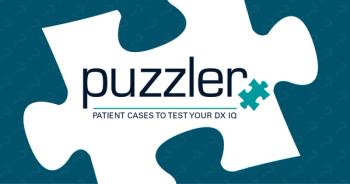
Further adventures of the 2005-2006 flu season
Seems there's no end to the year's (mis)adventures with influenza. In the latest act of the drama, thousands of laboratories in the US and around the world last month received test kits for routine quality certification that, inexplicably, included samples of the H2N2 strain of Asian flu that killed 70,000 people in the US and 1 to 4 million worldwide in 1957 and 1958. Needless to say, news of the fiasco put the CDC and the World Health Organization into high gear, publicizing the dangers of an influenza pandemic in populations that are almost entirely unprotected against this strain, and arranging for labs that received the kits to destroy those samples.
Meanwhile, CDC Chief Julie L. Gerberding, MD, MPH, hastened to reassure the public that the danger posed by the missent samples was exceedingly low, and that flu vaccine coverage levels for high-risk, priority groups was-despite the past season's shortages-similar to levels in years past.
Newsletter
Access practical, evidence-based guidance to support better care for our youngest patients. Join our email list for the latest clinical updates.








